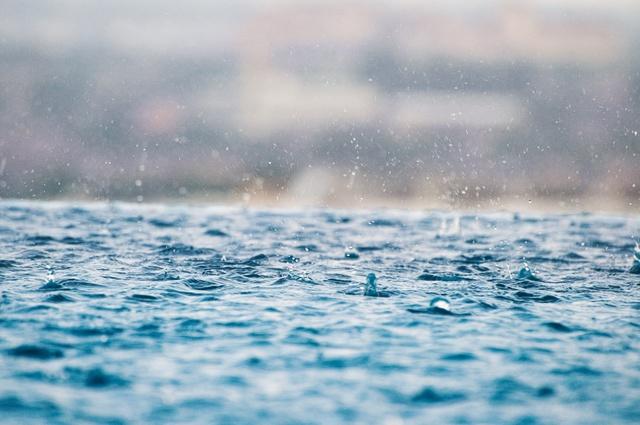
Rainwater is no longer one of the purest forms of water to exist. Read to know more.
A new study has discovered that the rainwater we used to consider the purest form of water earlier is not the purest anymore. It is not safe to drink anymore– not even in the remotest locations in the world. The water exceeds the chemical safety level and is not safe to drink anymore.
According to a study by scientists at ETH Zurich and Stockholm University, rainfall contains per- and poly-fluoroalkyl substances (PFAS), which are synthetic compounds found in a variety of industrial and consumer goods. They are referred to as “forever chemicals” since they cannot decompose in the environment.
These substances are known to be found in the rainwater of all the locations on the planet. Not even places like Antarctica are left without its imprints.
What exactly are PFAS substances?
PFAS substances are known to have non-stick and non-repellant properties. They are used in non-stick pans, fire-fighting foam, water repellant clothes, food packaging, electronics, cosmetics, etc. They are a sizable family of artificial chemicals that are not found in nature.
According to a review from the U.S. Centers for Illness Control and Prevention (CDC), cancer, liver damage, issues with fertility, and an increased risk of asthma and thyroid disease are just a few of the potential health hazards associated with PFAS exposure.
“The time to act is now”
“It cannot be that some few benefit economically while polluting the drinking water for millions of others, and causing serious health problems. The vast amounts that it will cost to reduce PFAS in drinking water to levels that are safe based on current scientific understanding need to be paid by the industry producing and using these toxic chemicals. The time to act is now,” says Dr. Jane Muncke. She is the Managing Director of the Food Packaging Forum Foundation in Zürich, Switzerland. However, she is not involved with the study. The study has been published in the
The results of the study on rainwater

The study focused on 4 particular chemicals in the class and found that global soil contamination and levels of one PFAS in rainwater frequently “greatly exceed” US drinking water advisory levels.
The lead author of the study, Ian Cousins, said, “We argue here that we’re not within this safe operating space anymore, because we now have these chemicals everywhere, and these safety advisories, we can’t achieve them anymore.” He is also a professor at the Department of Environmental Science at Stockholm Syndrome.
“I am not saying that we’re all going to die of these effects. But we’re in a place now that you can’t live anywhere on the planet, and be sure that the environment is safe,” he continued.
The guideline value for PFAS has been greatly reduced
The guideline values for PFAS in drinking water, surface rivers, and soils have been significantly reduced over the past 20 years as a result of new knowledge about their toxicity. As a result, the levels in environmental media are currently virtually universally over the advised threshold. In connection with it, the study asserts that PFAS defines a new planetary barrier that has been crossed by novel entities.
“There has been an astounding decline in guideline values for PFAS in drinking water in the last 20 years. For example, the drinking water guideline value for one well-known substance in the PFAS class, namely the cancer-causing perfluorooctanoic acid (PFOA), has declined by 37.5 million times in the U.S.,” said Cousins. The study emphasizes the importance of exercising prudence.
Profession Crispin Halsall from the University of Lancaster told BBC that “…over time, we are going to get a statistically significant impact of those chemicals on human health…and…because we’re exceeding those concentrations which are going to cause some harm, because of exposure to humans in their drinking water.”
